Edited version published in Joongang Daily, March 30, 2011: http://joongangdaily.joins.com/article/view.asp?aid=2934146
A recent revelation that Korea’s nuclear reactors broke down 89 times over the past 10 years due to malfunctions warrants a reflection over the country’s ambitious pursuit for nuclear energy. Korea, always dubbed as an economic model for developing nations, is also the world’s fifth largest nuclear power producer and the second-largest in Asia after Japan. It operates 21 nuclear reactors which provide about 40 percent of the national power supply.
While there are undeniable benefits of nuclear energy in providing the capacity of electricity needed for homes, institutions and industries, the cost and safety concerns involved in nuclear energy production is undoubtedly colossal and hazardous.
As claimed in local dailies a few days ago, the suspensions of operations in these nuclear reactors resulted to a whopping 333 billion won ($299 million) in lost implying serious safety risks involved.
Though the deliberations on nuclear reactors and a subsequent radiation checks around Seoul have been provoked by Japan’s devastating nuclear plant accident in Fukushima recently, the situation perhaps opens a bigger debate on whether nuclear energy is worth pursuing altogether. Apart from high cost and risks generated by malfunctioning and consequently radiation leaks, Korea faces another threat in case of a possible terrorist or if North Korean attempts assaults on the nuclear facilities. For the latter, I say God forbid!
But what lessons has Korea learned from Japan? Unfortunately, opinions from the media outlets around the globe have been quite disappointing. Many proponents of nuclear energy hysterically suggest that the world should now build and operate modern nuclear reactors that use the latest and safest technology. A begging question is whether the Japanese, while constructing the Fukushima reactors four decades ago, did not consider safety or used modern technology at their disposal. And by the way, to what extend can a natural calamity respect “safest” technology?
Predictably, some critics have quickly turned their eyes to the emerging economies, China and India in particular. Though their concerns appear genuine, I submit to them that responses so far from these very nations have been an echoing disillusionment to pro-alternative energy enthusiasts. Both Chinese and Indian governments affirm that Japan’s catastrophe offers imperative lessons. Nevertheless, none of them seem ready to reconsider the ambitious development of nuclear plants in the long ran.
India’s own atomic scientist Dr. A. Gopalakrishnan was recently quoted warning that nuclear safety in India has been compromised. India has plans to buy 21 foreign nuclear power reactors at time when, according to former the AERB Chief, Indian engineers are yet to grasp new and unfamiliar technologies – a dangerous situation should an accident occur.
While a number of countries rely on nuclear energy, last week’s earthquake is an open wake-up call – a call to heed the advice to undertake alternative energy renewable energy. Developing countries and newcomer nuclear countries perhaps have the best opportunity to investment in green energy for a number of reasons: First, owing to the realities of climate change, governments need to radically reduce dependence on fossil fuels and rethink nuclear power ambitions. Secondly, one of the greatest unacknowledged threats to global economy is the looming peak of global oil production. And thirdly, natural calamities are neither 100% predictable nor its destructive capacity controlled.
Korea must come to terms with some serious problems associated with nuclear energy including enormous cost and the problematic nuclear waste management. Certainly, even the rest of world admits that there is no easy way to handle nuclear waste today. What is happening in Japan now at the moment is evidence enough.
By being a model, Korea has another opportunity to implement its desire for production and exportation of green energy technology. Renewable energy can indeed supply a significant proportion of energy needs, create jobs and offer other benefits including environmental improvement, augmented fuel diversity and national security.
Renewable energy, especially solar and wind power, is tremendously scalable. Multiple generators can be installed across a wide geographic area. The recent improvement of floating wind turbines means that the geographic area does not necessarily have to be on solid ground.
Whether the environmental activists take to the streets or not, Korea and indeed the G20 nations, have the capacity and responsibility to shift from nuclear energy to green or renewable energy and consequently leading the rest of the world in an energy revolution.
Fundamentally, there is an overall human responsibility of stewardship over the environment. In fact, any religion, education, art, government, economic thought, culture or philosophy that has no concept of stewardship on environment and indeed all of creation may be as good as notoriety of cancer – killing slowly.








 When someone mentions Italian restaurants in Korea, my mind instantly jumps to images of faded whitewashed wood, lime green and magenta decorations, and waiters who don’t know how to open a bottle of wine.
When someone mentions Italian restaurants in Korea, my mind instantly jumps to images of faded whitewashed wood, lime green and magenta decorations, and waiters who don’t know how to open a bottle of wine.







































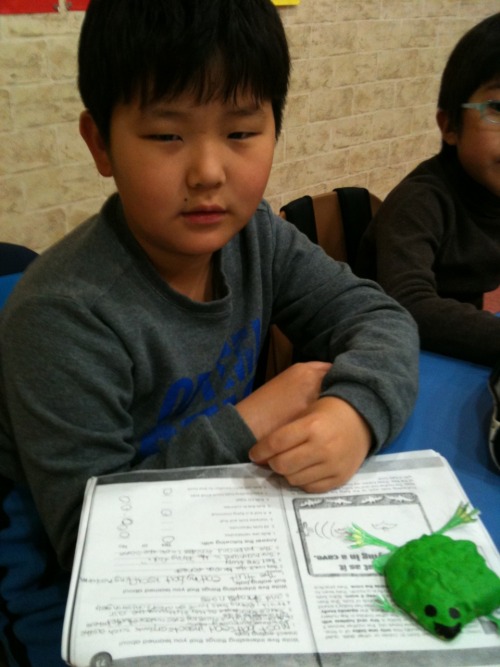
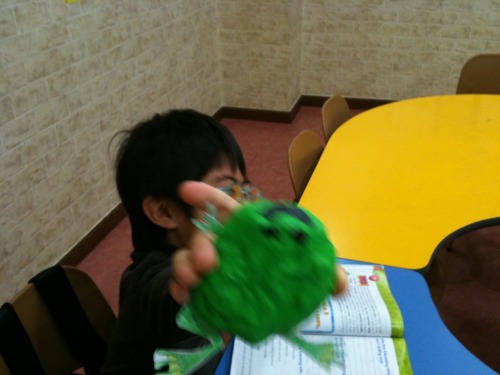
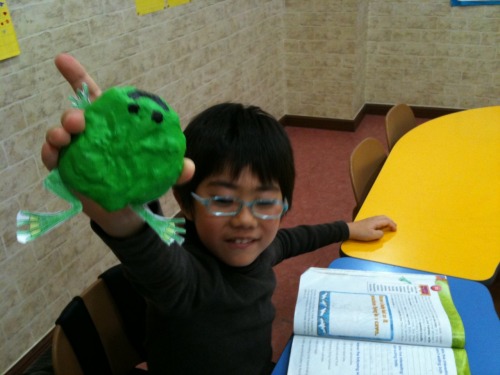
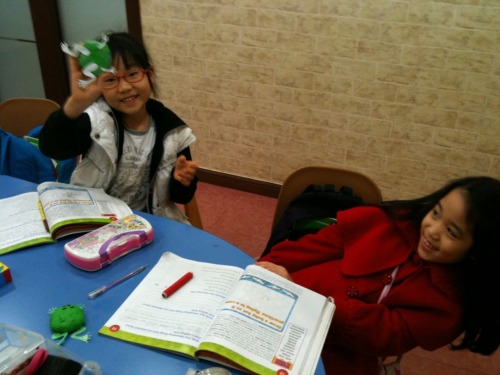
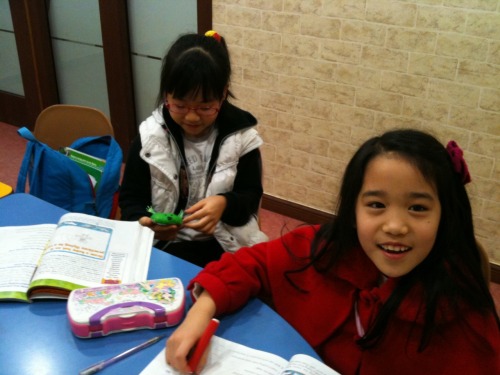
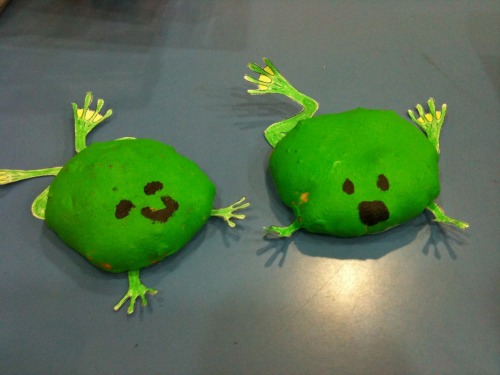
Recent comments